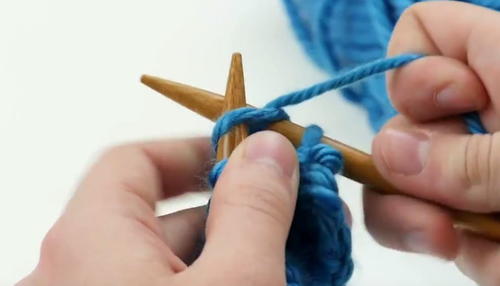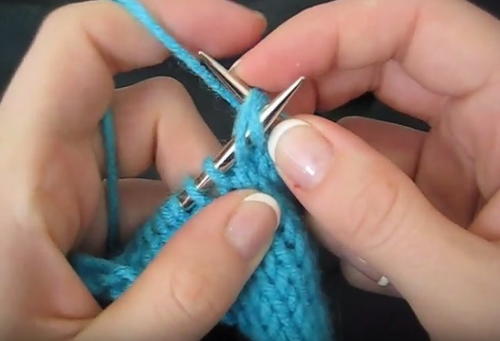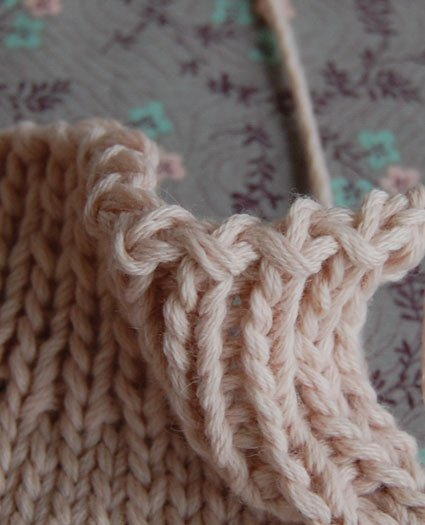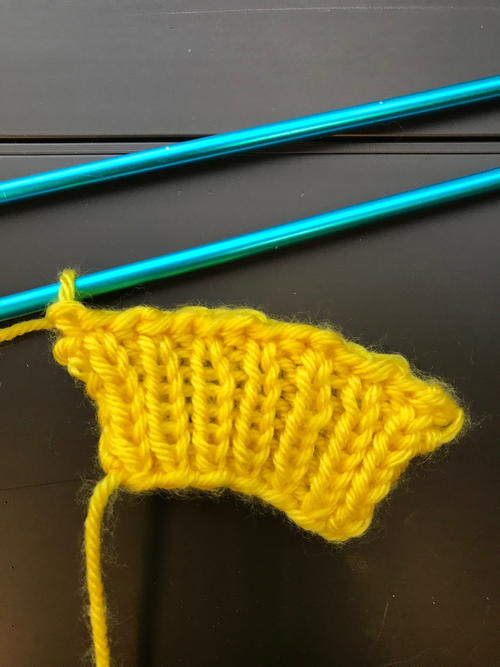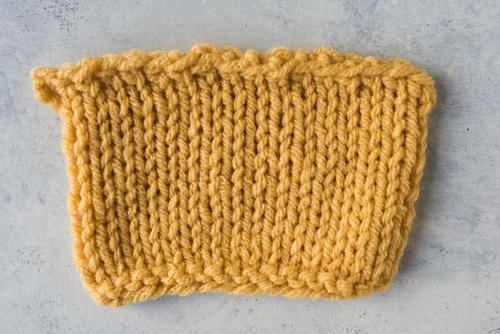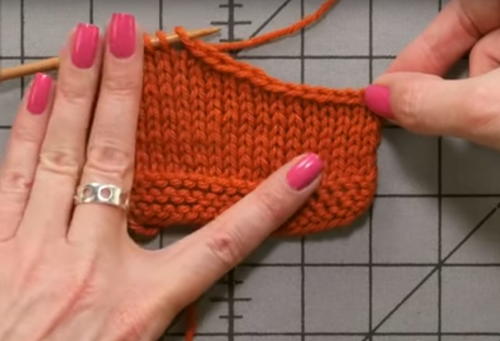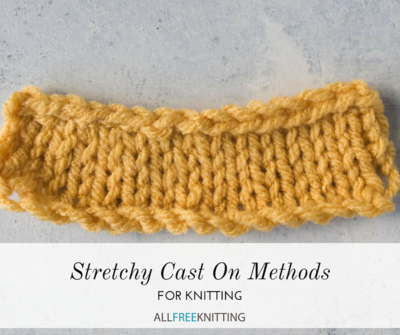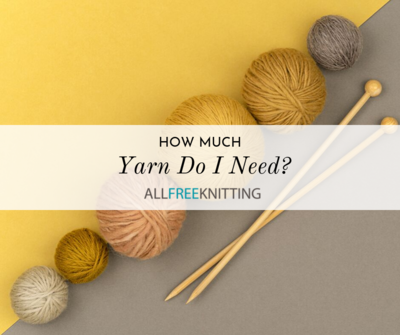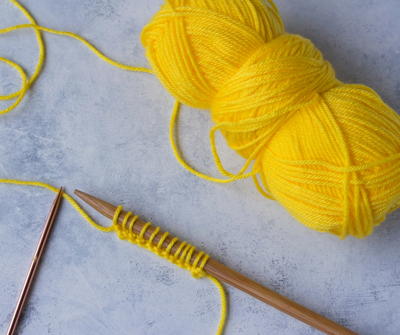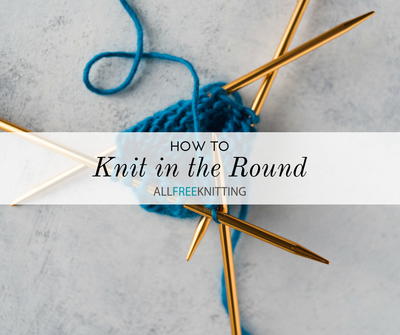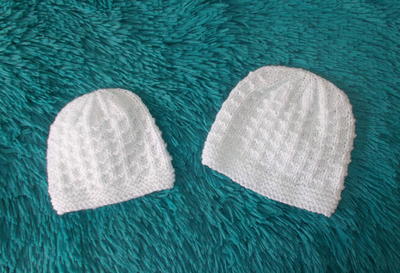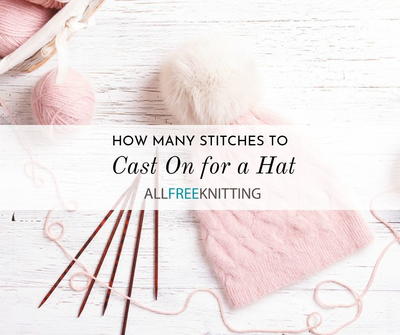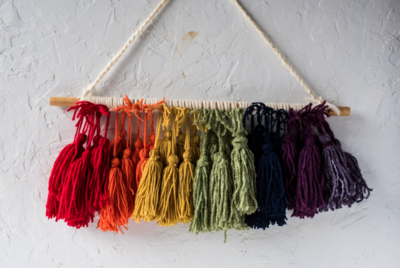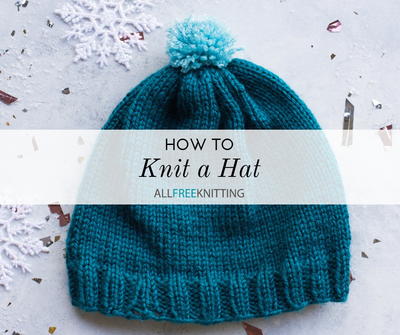6 Bind Off Methods
Do you want a pretty bind off? A functional bind off? Here are some options.
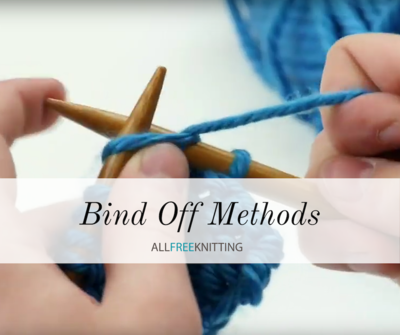
We all know of the standard knit-2-pass-one-over bind off, but if you've ever found that the hem of your sweater is just a little too stiff, or maybe the end of your cowl isn't stiff enough, you might not be using the right bind off method. That's right: there are a bunch of bind off knitting methods, just like there is a variety of methods to use when casting on, and the one you learned when you first learned how to knit might not be the best strategy for your current knitting project. Luckily for us, there are a ton of tutorials out there to teach you the different ways you can bind off your knitting.
Which bind off method you choose to use for your knitting typically depends upon how stretchy you need it to be, but there are other factors to keep in mind such as appearance and function. Are you more focused on a clean or decorative appearance to your bind off, or is your concern the bind off edge matching the cast on edge? If you're following a specific pattern, it may tell you exactly what kind of bind off to use, or it might leave it up to you. In the case of the latter, we'll explore some of the options you have and the best time to use them.
Table of Contents
Bind Off Methods for Knitting
There's a reason this bind off method has stood the test of time, and it's because it's super versatile. Not only can it be used on any knit-purl pattern, but it offers a small amount of elasticity if you're not looking for anything drastic. Note that this wouldn't be the best bind off method for toe-up socks or bottom-up sweaters, as it's simply not stretchy enough, but will work just fine for accessories like scarves and shawls, or non-wearables like dishcloths and bags.
The i-cord method is a sturdy, yet decorative bind off method that's best used on pieces that don't necessarily need a stretchy edging, but might experience some wear and tear. While it's a bit time-consuming to complete, the result is a very clean, polished look.
Sometimes, what we really want out of a bind off is for it to look identical to our cast on method. This bind off method for knitting is ideal for an edge matching the longtail cast on method. Just like the longtail cast on, it's moderately stretchy in a versatile way that makes it an excellent choice for more close-fitting garments, unlike the more exceedingly stretchy Surprisingly Stretchy Bind Off and the Lacey Bind Off below.
This surprisingly stretchy bind off method is great for projects that need some serious stretch. Do bear in mind that it might not be ideal for patterns like hats or socks, for which the cuff needs to hug the skin, since it will likely cause the edge to flare way out. That said, if what you're looking for is a way to significantly lengthen your bind off edge, this is the method to use.
This bind off is another very stretchy method that we actually recommend for patterns with a wide gauge, such as lace patterns. This will work better than more tight methods, which would cause the lace to bunch up at the bind off edge. It's great to add a (literal) flare to your work, but for that reason, is not recommend for close-fitting garments.
If you've ever been frustrated with your bind off for shaped edges in your sweaters or other fitted garments, this Sloped Bind Off is an excellent alternative. Rather than the jagged edge created by binding off shaped edges, you end up with a lovely, clean, and smooth slope, off of which it is easier to pick up stitches and seam.
What's your go-to bind off method?

